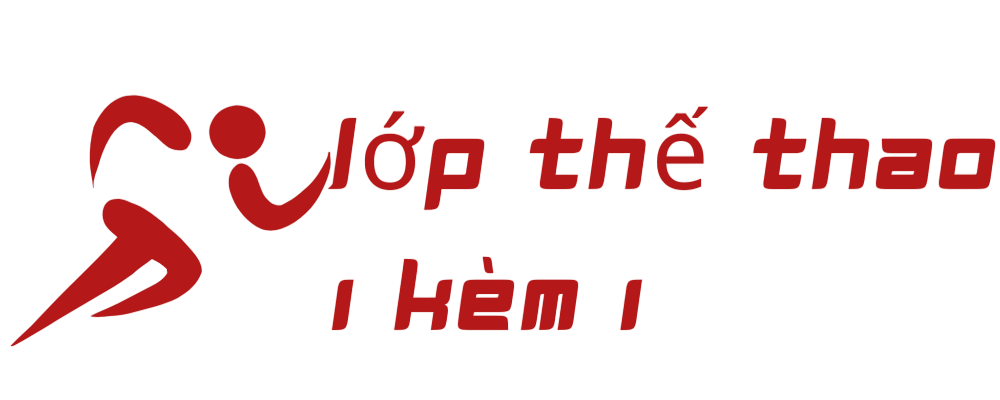The International 10-Dance category epitomize one of the most demanding disciplines within DanceSport, requiring proficiency across ten distinct dance forms. This grueling format combines the refined precision of Standard alongside the fiery passion of Latin styles, challenging competitors’ physical endurance, technical adaptability, and performance coherence[1][2][4].
## Historical Evolution and Competitive Framework https://ten-dance.com/
### The Ten Dance Concept
Per global DanceSport regulations, International 10-Dance includes Waltz, Tango, Viennese Waltz, Foxtrot, Quickstep and five International Latin dances, performed within one unified competition[1][3][4]. In contrast to specialized Standard or Latin categories, Ten Dance athletes are required to exhibit balanced mastery across both disciplines, a feat achieved by only 3.3% of elite dancers[1][6].
The format’s origins trace back to global regulatory initiatives of organizations like the WDC (World Dance Council), pioneering inaugural global competitions in the late 20th century. British couples dominated early editions, with David Sycamore & Denise Weavers securing unprecedented winning streaks[3].
### Competition Logistics and Challenges
Ten Dance events follow distinct temporal demands:
– Sequential style execution: Competitors transition from Standard’s controlled elegance to Latin’s rhythmic intensity within hours[1][2].
– Attire and mindset shifts: Rapid transformations from ballroom gowns/tails to Latin’s revealing outfits intensify competitive stress[1][6].
– Evaluation metrics: Technical precision, rhythmic responsiveness, and cross-style cohesion determine rankings[4][6].
Analysis of major tournaments indicates Germany’s contemporary dominance, with Michael Hull & partners securing prolonged success periods[3]. Canada’s Alain Doucet & Anik Jolicoeur later emerged as four-time champions (1999-2002)[3].
## Technical and Training Complexities
### Dual-Style Mastery
Excelling in 10-dance requires:
– Contrasting biomechanics: Ballroom’s vertical alignment vs. Latin’s Cuban motion[4][6].
– Contradictory musical interpretations: Standard’s flowing rhythms against Jive’s 4/4 syncopation[2][6].
– Psychological adaptation: Switching from Foxtrot’s smooth progression Latin’s theatrical intensity during events[1][6].
Training regimens demand:
– Doubled practice hours: Minimum 20-hour weekly commitments to maintain dual-technique competence[1][6].
– Specialized coaching teams: Dedicated style experts frequently coordinate on unified training plans[6].
– Complementary conditioning: Classical dance foundations alongside sprints for Latin stamina[1].
### Statistical Realities
Data from dancesportinfo.net illustrate:
– Attrition rates: 72% of Ten Dance aspirants abandon the category within five years[1].
– Scoring controversies: 38% of adjudicators admit difficulty evaluating cross-style performances[6].
## Societal Influence and Evolution
### The Category’s Unique Position
Despite its challenges, Ten Dance cultivates:
– Versatile performers: Athletes like Iceland’s Adam & Karen Reeve (2003 champions) personify technical universality[3][6].
– Interdisciplinary creativity: Fusion techniques created during 10-dance choreography frequently impact specialized categories[4][6].
### Emerging Trends
The discipline faces:
– Dwindling competitor numbers: From 120 global elites in 2010 recent reductions[1][3].
– Regulatory reforms: Discussions about adding non-International styles to revitalize interest[4][6].
– Technological integration: Algorithmic scoring tools being trialed for mitigating human bias concerns[6].
## Conclusion
Ten Dance stands as both a crucible and paradox within DanceSport. It rewards exceptional adaptability, it risks competitor exhaustion via excessive demands. As governing bodies contemplate format revisions, the discipline’s core identity—testing human limits through artistic synthesis—remains its defining legacy[1][3][6].

